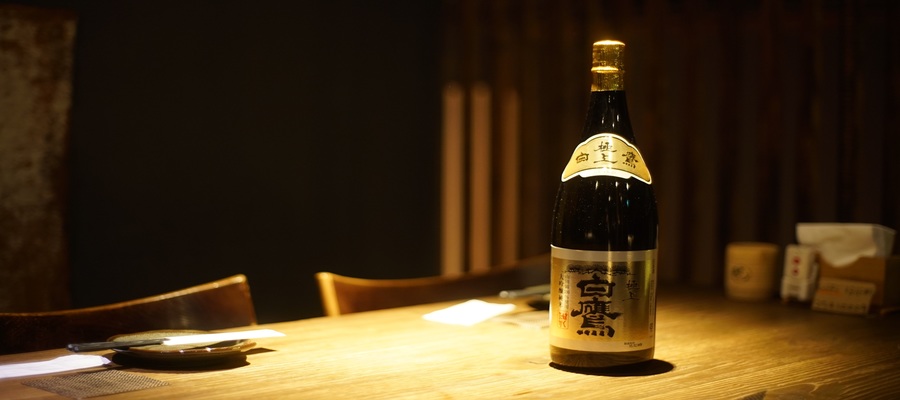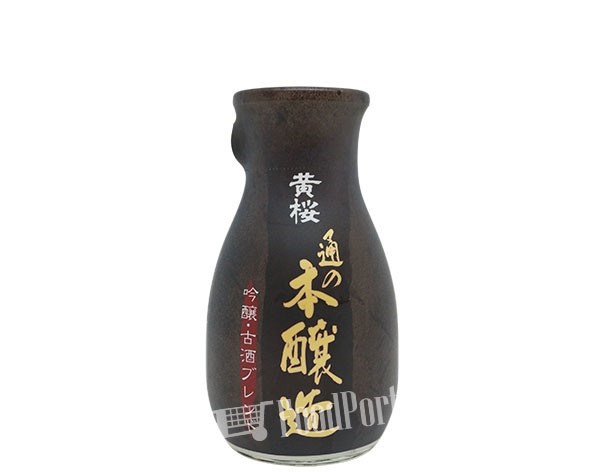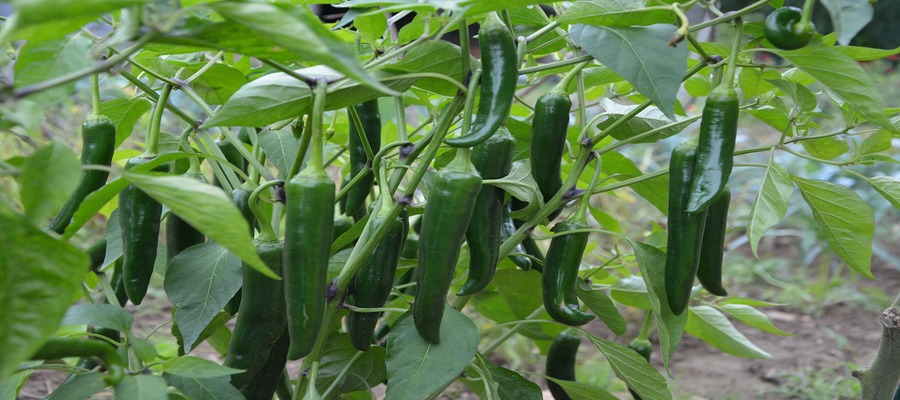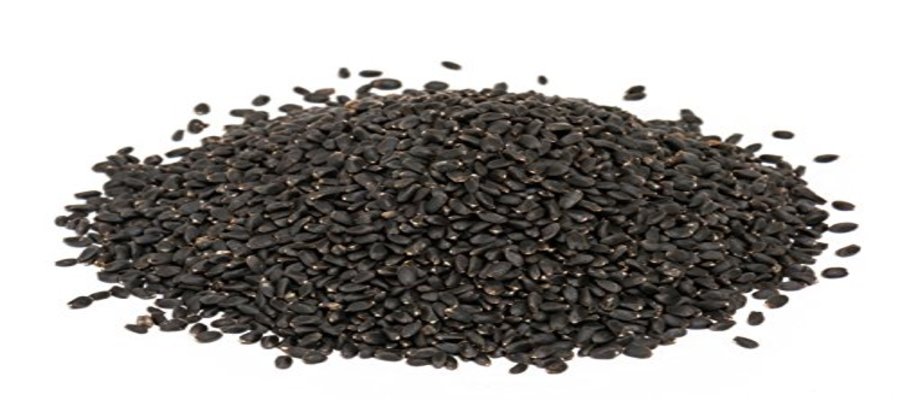Japanese rice brew – also referred to as “water of the gods” – are alcoholic beverages that are commonly called “sakes.” And one of the best among them all is Honjozo Sake. But before discussing this unique alcoholic beverage, here’s a brief note about the different types of sake.
image source: www.FoodPorty.com
The different types of Sake
The legal, Japanese name for this alcoholic beverage is Sheisu. It is derived from fermented sake rice in the presence of yeast and fungus. The sake rice used in brewing this liquor is stripped of its bran, thereby removing the oil and protein the grain contains. Since there are different types of sake, you need to consider them all before making your choice. The degree of milling – i.e., Seimai Buai – makes all the difference to the sake. Ginjo-Shu, Namazake, Junmai-Shu, Daiginjo-shu, and Honjozo Sake are the five different kinds of sake. These alcoholic beverages are brewed in different ways with varying percentages of milling. This gives them a unique taste and a regular drinker will be able to tell them apart by taste and flavors.
The addition of alcohol to the fermented drink
Alcohol is usually added to the fermented drink, though the goal is not to degrade the sake as some people think. The best way to differentiate one sake from the other is to read the details on the labels of each bottle. The degree of milling – or the Seimai Buai – of Honjozo Sake is 70 percent. This means that only 30 percent of the grain is milled while 70 percent retains its original size. It is made by the addition of brewer’s alcohol and is not as potent as sake devoid of alcohol. The addition of alcohol gives this beverage a natural light, smooth body and flavor. It also gives it a distinct and easily identifiable aroma. It is best served warm.

image source: Pixabay.com
Is Honjozo Sake sweet?
Honjozo Sake does not have a characteristically sweet taste. The addition of alcohol after the yeast has wholly fermented the sugar in the sake may be responsible for this. The producers of bulk sake usually add tremendous amounts of alcohol to heighten their overall volume. But Honjozo Sake producers do not add much. The entire weight of the added alcohol must be around 10 percent of the weight of the sake rice used in brewing. This is, therefore, what qualifies the alcoholic beverage as Honjozo.
Tasting Honjozo
The flavor of the different sakes depends on the type of rice and yeast used. A blind taster may not ordinarily be able to tell the difference between Honjozo and Junmai. But Honjozos have specific attributes that make them stand out
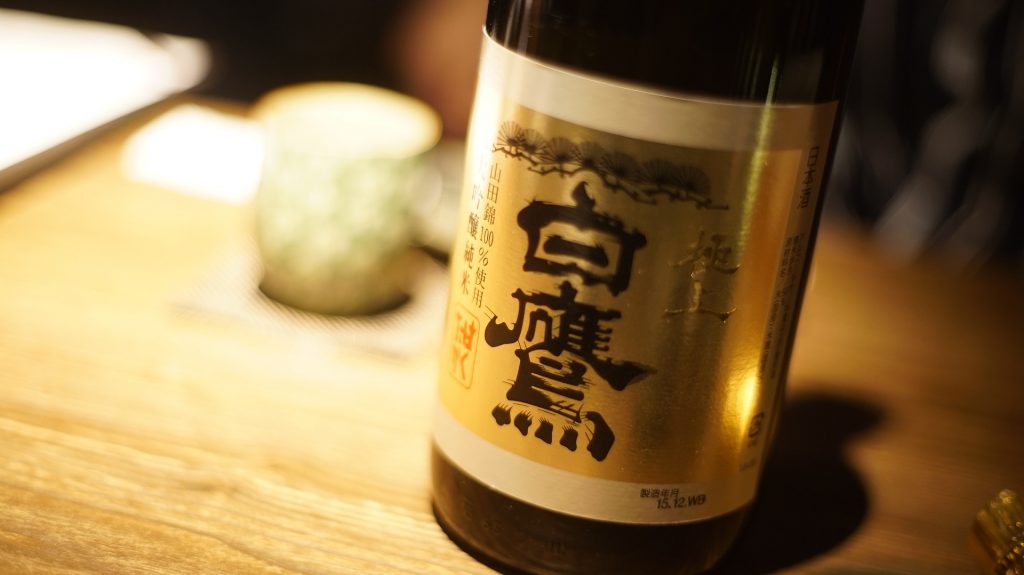
image source: Pixabay.com
Honjozos are very light on the palate while others – such as Junmai, etc. – have fuller textures. They are also much easier to drink during meals. Too many glasses of Junmai Sakes can, however, tire the palate. Honjozos are also less complex compared to their counterparts and generally maintain the same flavor/aroma profile as the glass sits. They can be warmed gently without losing their flavor while the same cannot be said about Junmai sakes.
Conclusion
Honjozo Sake is no doubt a unique alcoholic beverage among its counterpart. This is why it is rising in popularity every day. It is also an excellent match with sushi.
